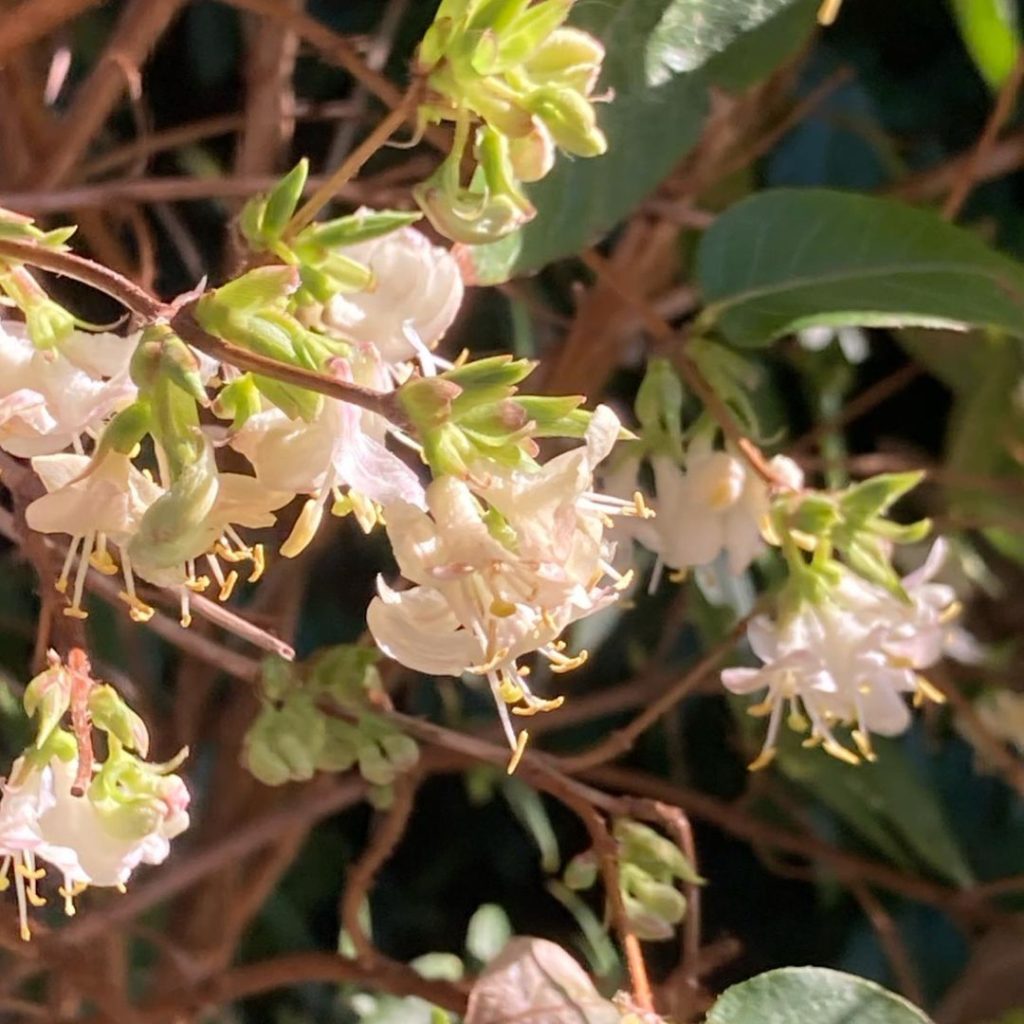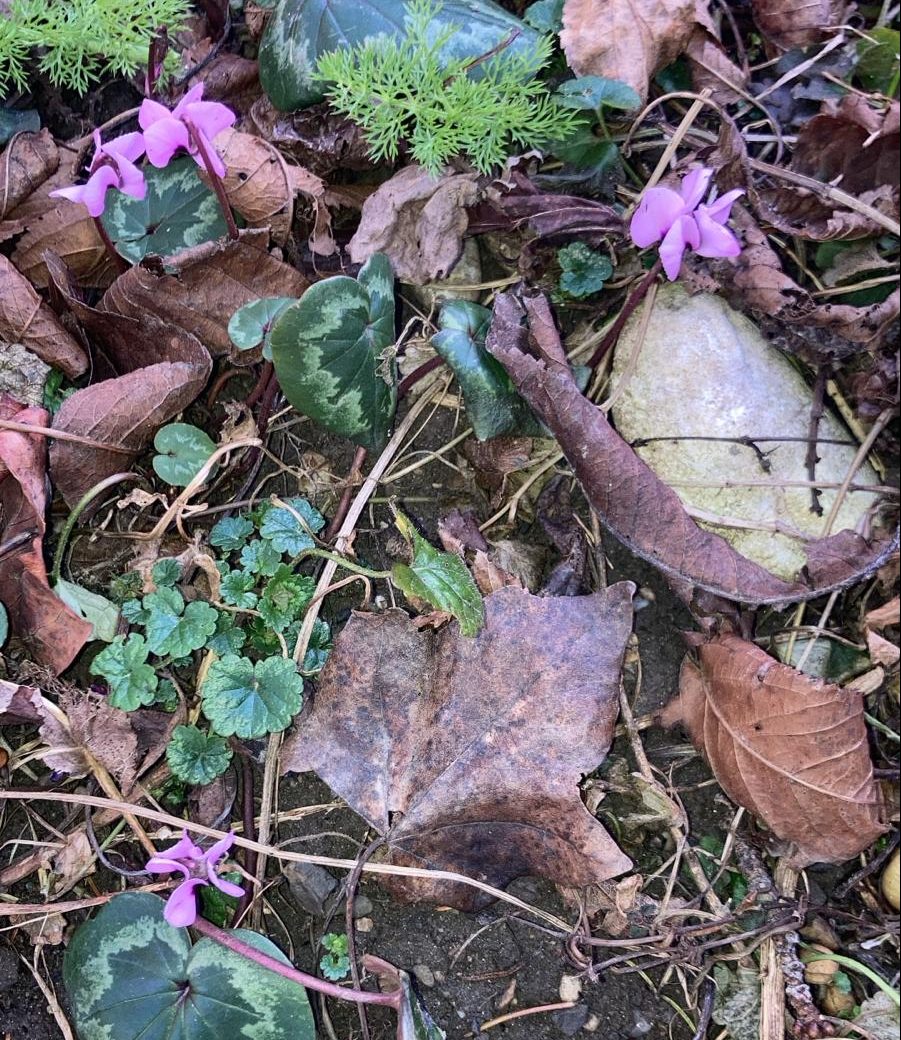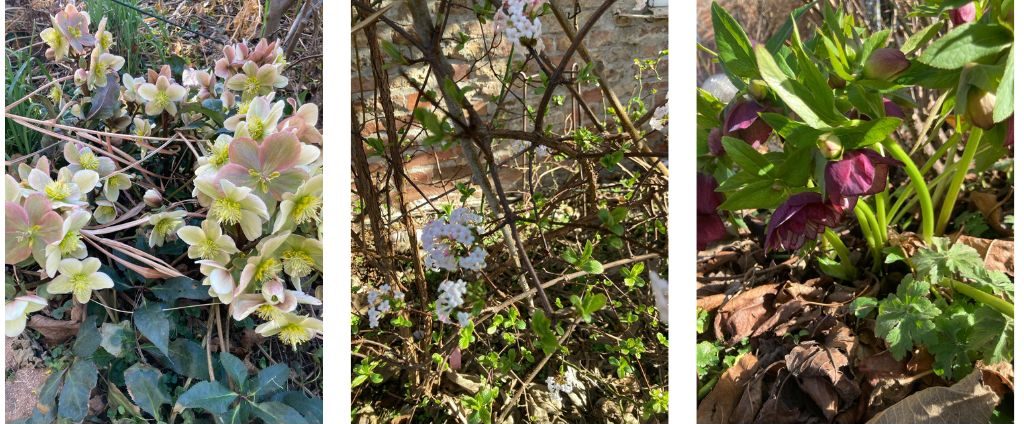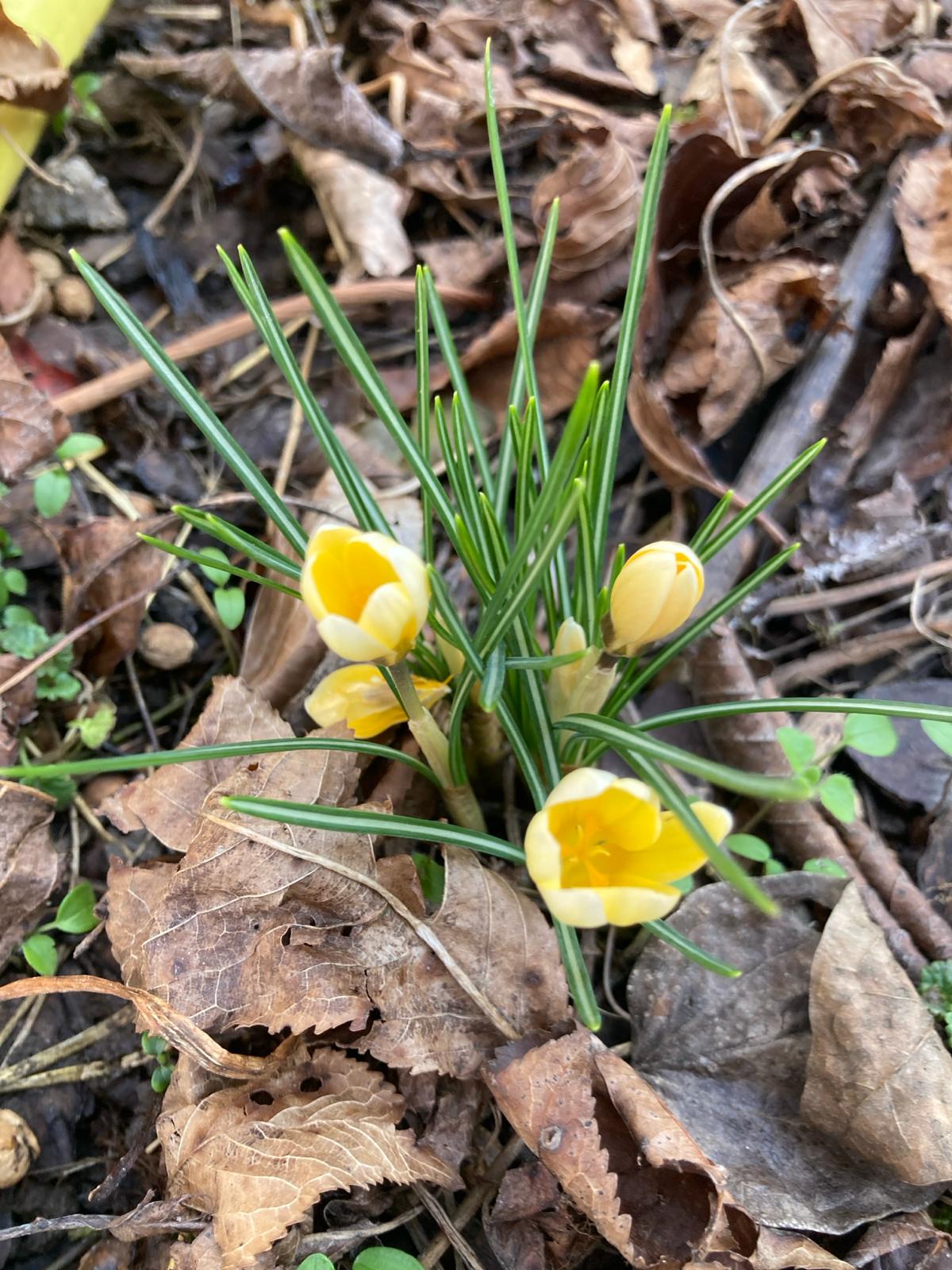Welcome to the new gardening year

Dear gardening friends, we are back in the new year, which is already the warmest since records began. The European earth observation program Copernicus recently announced that we will have broken the 1.5 degree mark for the first time in 2023. Very worrying. We are also noticing this very strongly in our gardens and on our balconies. The gardening year has started much earlier than usual. The hazel blossom started earlier and today I saw flowering almond trees on my way to the office. The pruning of the hedges also had to be postponed because it has been far too warm for days and the plants are already sending sap into their branches again. This year, early bloomers such as the early honeysuckle and spring snowball have already started flowering in December.
What work needs to be done now?
Hedge trimming
 Hedge trimming should be completed by the end of February. In Germany, there is a ban on cutting and removing trees, hedges, living fences, bushes and other woody plants from March 1 to September 30 as a protective measure for insects and birds. This is regulated in the Federal Nature Conservation Act. "Hedges in particular offer a valuable habitat for many species and provide them with living space and food," says Christine Tölle-Nolting from the German Nature Conservation Association. There is no such general regulation in Austria. However, it is of course just as advisable here to adhere to it in principle. It is important to note that even in this country, trees containing nests with breeding birds may not be cut down.
Hedge trimming should be completed by the end of February. In Germany, there is a ban on cutting and removing trees, hedges, living fences, bushes and other woody plants from March 1 to September 30 as a protective measure for insects and birds. This is regulated in the Federal Nature Conservation Act. "Hedges in particular offer a valuable habitat for many species and provide them with living space and food," says Christine Tölle-Nolting from the German Nature Conservation Association. There is no such general regulation in Austria. However, it is of course just as advisable here to adhere to it in principle. It is important to note that even in this country, trees containing nests with breeding birds may not be cut down.
Preplanting vegetable plants
The following vegetable seeds can already be grown indoors at germination temperatures of around 20-25 degrees:
- Parsley
- Paprika
- Melanzani (eggplant)
- Chili
- Kohlrabi
- Tomatoes
- Leek
- Cauliflower
- Thyme

Rose and hydrangea pruning
The roses are already sprouting very actively here. Pruning always takes place when the forsythia is in bloom. The forsythia is already in bloom here, which means that we can already cut back the roses. However, there is no guarantee that there won't be another cold spell this year. However, we assume that it won't be severe enough to freeze the roses again.
We normally prune the hydrangeas in the middle/end of March. This year, however, we started cutting them back yesterday.
Grasses and perennials
As we leave grasses and perennials standing every year as overwintering habitats for insects, the dried stems need to be cut away in spring. We have noticed that many perennials are already sprouting and therefore need to be pruned earlier than usual. However, we leave as much as possible standing for as long as possible so as not to disturb the insects in their winter dormancy!
We also leave leaves lying around, as many hedgehogs are still hibernating in piles of leaves.
Plants in their winter quarters and in pots
The longer the days, the more likely it is that plants will be infested with pests in their winter quarters. This should be combated as early as possible using natural means to prevent the infestation from spreading.
Plants - like our oleanders - that are kept outside in pots urgently need to be watered regularly to prevent them from drying out. This January and February were far too dry for us. Climate change presents us gardening enthusiasts with new challenges.







